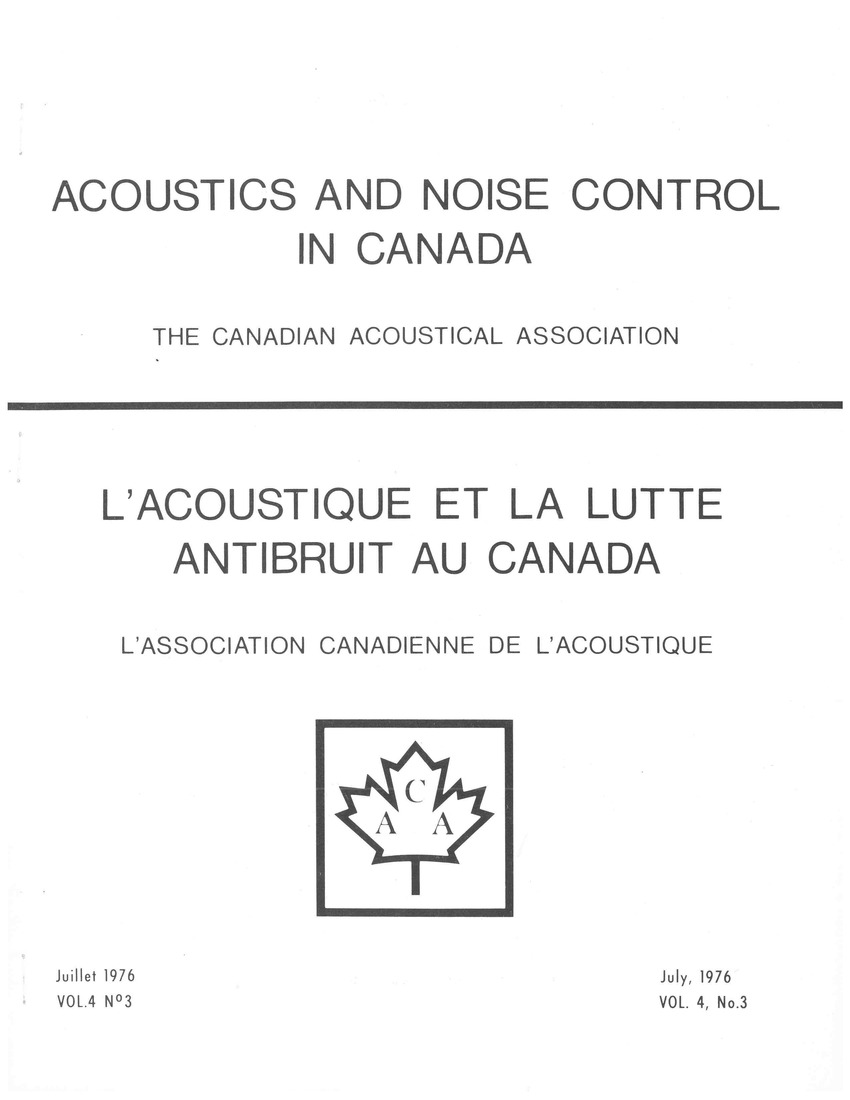The Speed of Sound in Water
Abstract
The introduction of the echo sounder into routine hydrographic surveying, replacing dependence on use of the lead line, produced a major change. It must be remembered that a sounder actually registers a time interval and that the speed of sound must be known to convert the time to depth. The International Hydrographic Bureau resolved that 1500 metres per second should be adopted as a standard velocity. Most Canadian waters are cold enough that this causes an overestimate and for calibration the value of 1463 metres per second (800 fathoms per second) is frequently used. Since fresh water has to have a temperature of 14.2°C before this speed is attained most soundings in deep lakes will be overestimated with this calibration. The velocity of sound in water depends upon temperature, concentration of dissolved constituents (for which salinity is the conventional quantity in oceanography) and pressure. The actual value at a given location and time may be evaluated by use of one of the procedures reviewed in this paper.Additional Files
Published
How to Cite
Issue
Section
License
Author Licensing Addendum
This Licensing Addendum ("Addendum") is entered into between the undersigned Author(s) and Canadian Acoustics journal published by the Canadian Acoustical Association (hereinafter referred to as the "Publisher"). The Author(s) and the Publisher agree as follows:
-
Retained Rights: The Author(s) retain(s) the following rights:
- The right to reproduce, distribute, and publicly display the Work on the Author's personal website or the website of the Author's institution.
- The right to use the Work in the Author's teaching activities and presentations.
- The right to include the Work in a compilation for the Author's personal use, not for sale.
-
Grant of License: The Author(s) grant(s) to the Publisher a worldwide exclusive license to publish, reproduce, distribute, and display the Work in Canadian Acoustics and any other formats and media deemed appropriate by the Publisher.
-
Attribution: The Publisher agrees to include proper attribution to the Author(s) in all publications and reproductions of the Work.
-
No Conflict: This Addendum is intended to be in harmony with, and not in conflict with, the terms and conditions of the original agreement entered into between the Author(s) and the Publisher.
-
Copyright Clause: Copyright on articles is held by the Author(s). The corresponding Author has the right to grant on behalf of all Authors and does grant on behalf of all Authors, a worldwide exclusive license to the Publisher and its licensees in perpetuity, in all forms, formats, and media (whether known now or created in the future), including but not limited to the rights to publish, reproduce, distribute, display, store, translate, create adaptations, reprints, include within collections, and create summaries, extracts, and/or abstracts of the Contribution.


